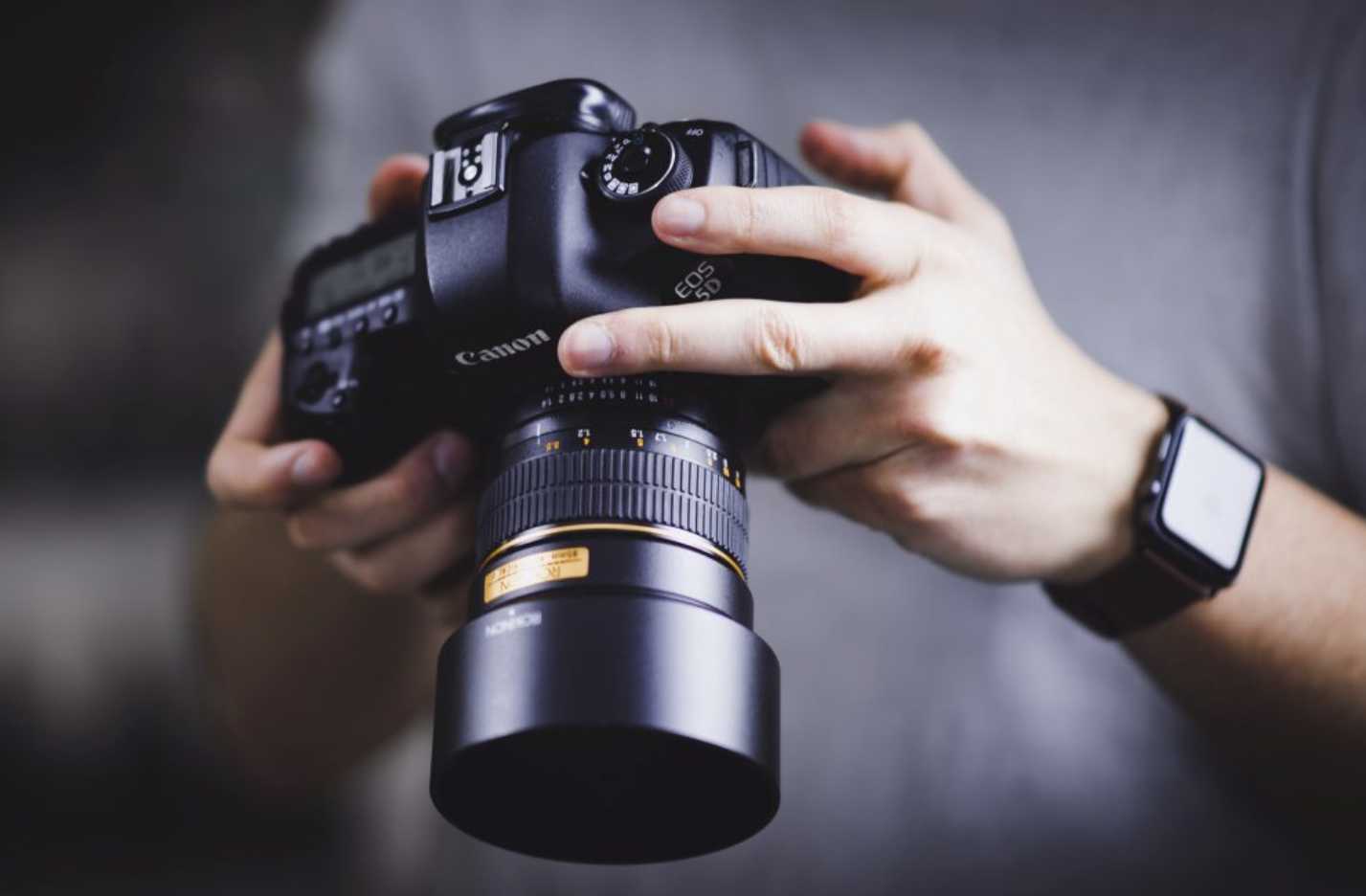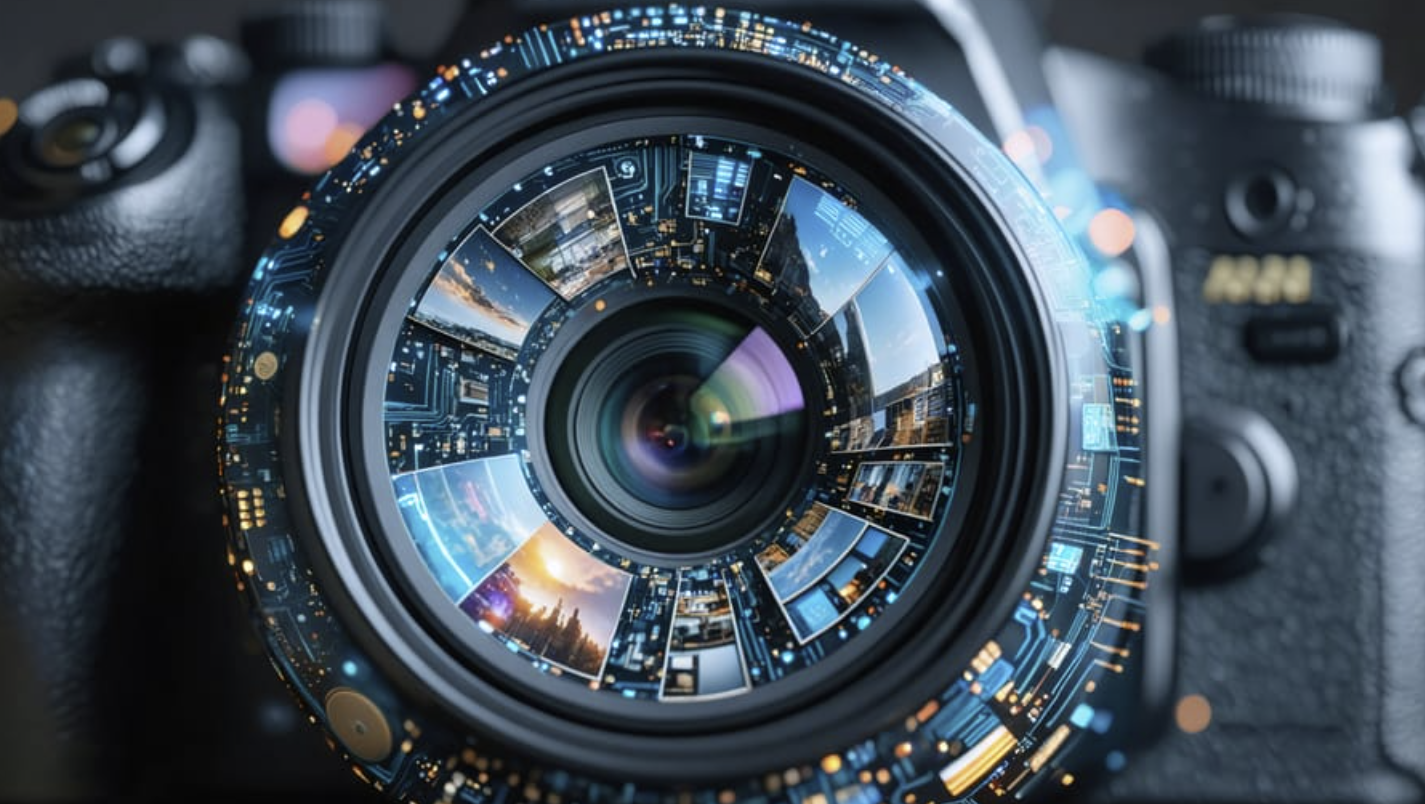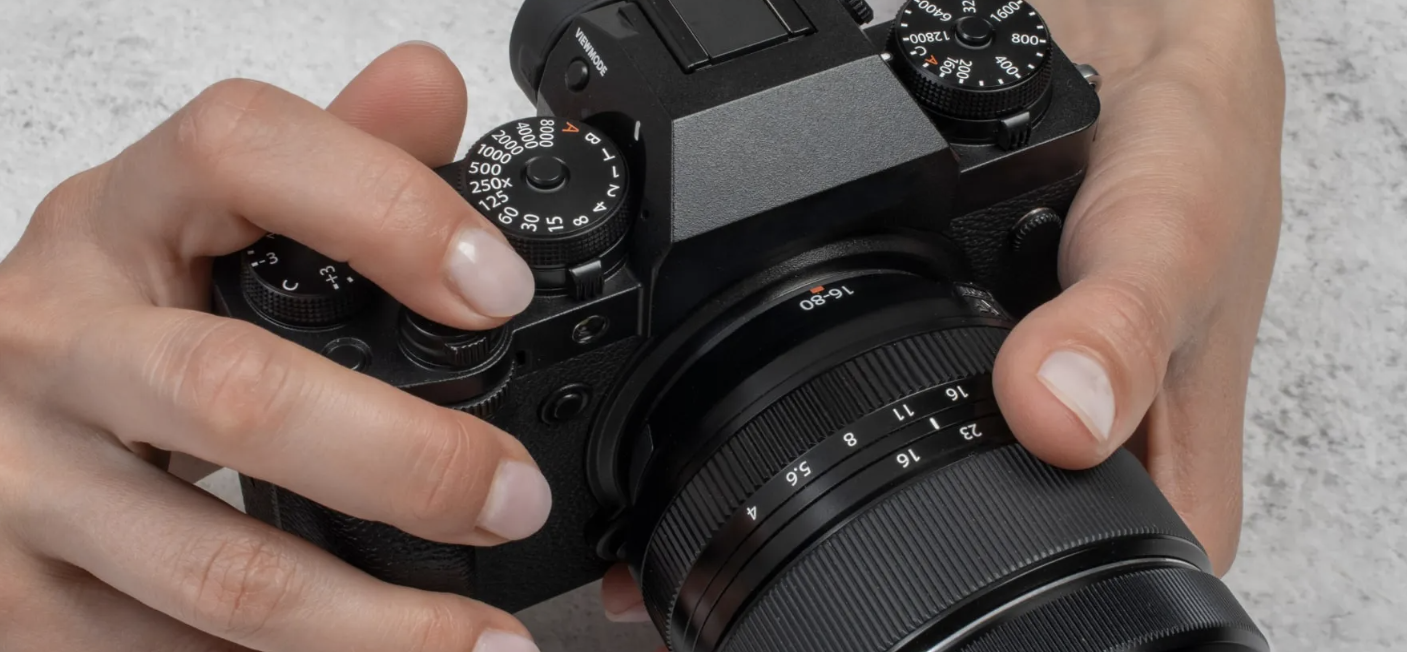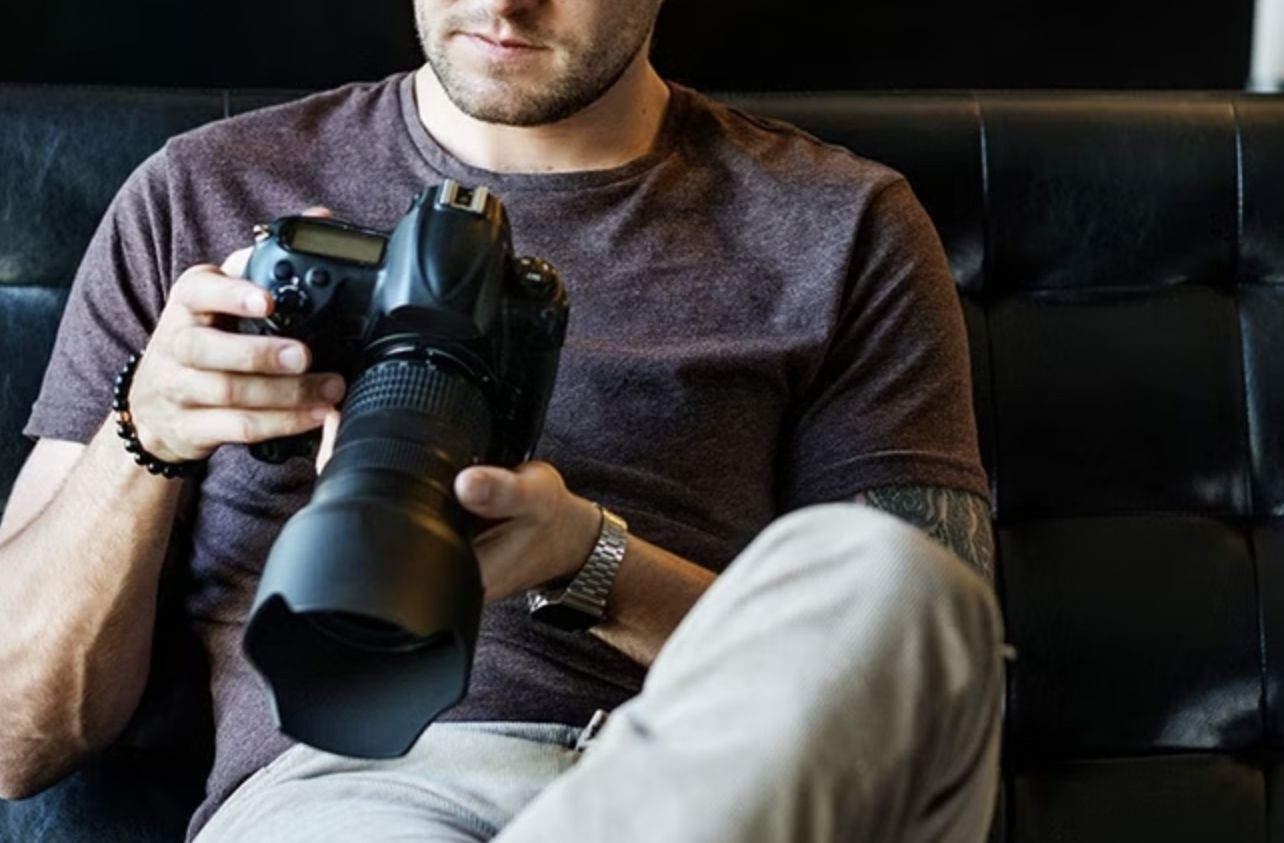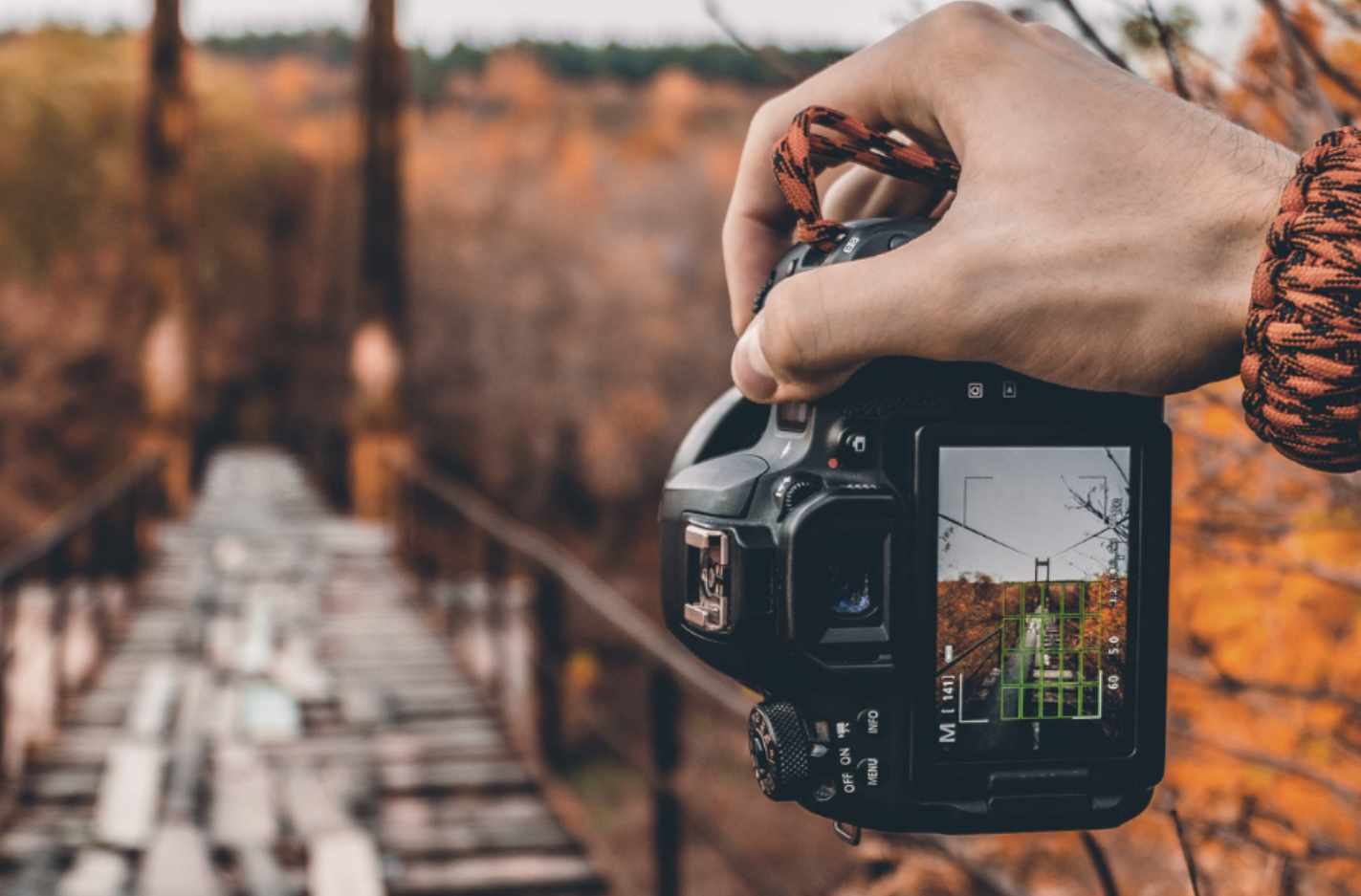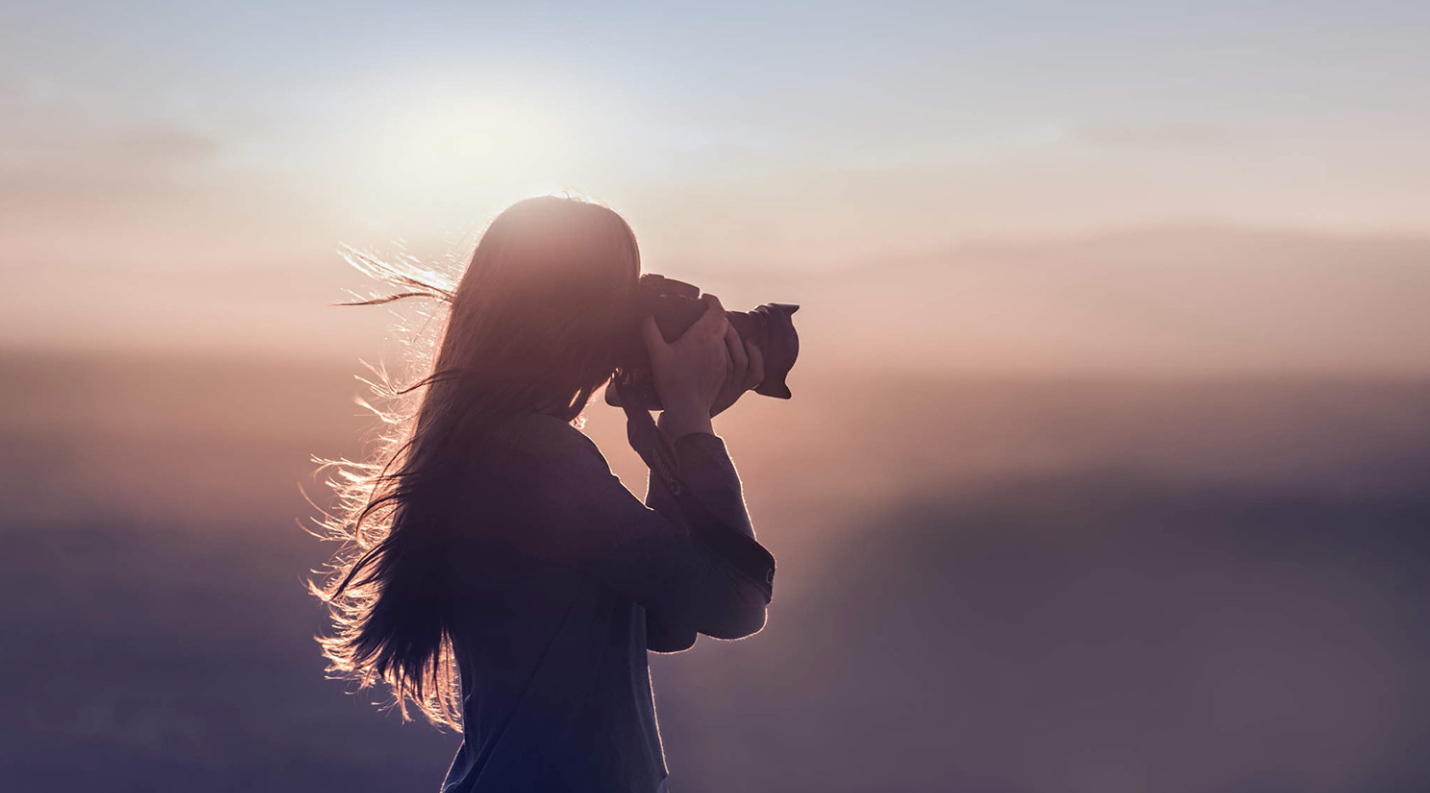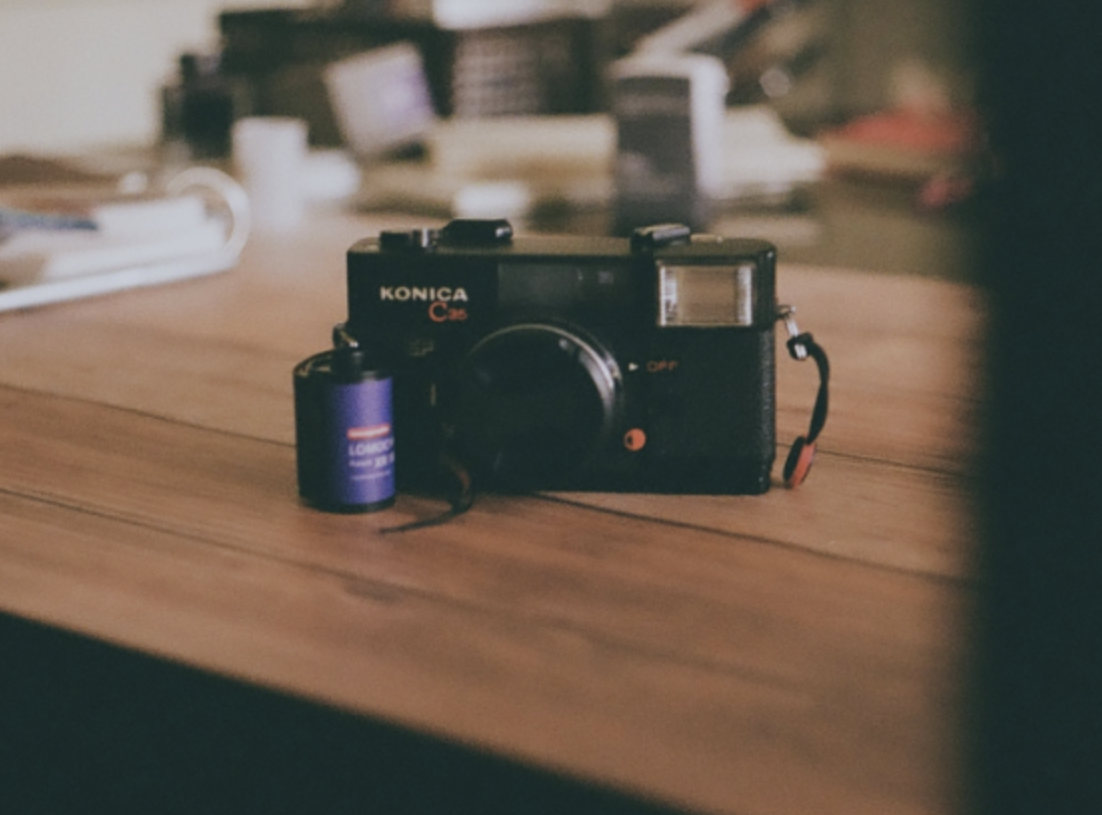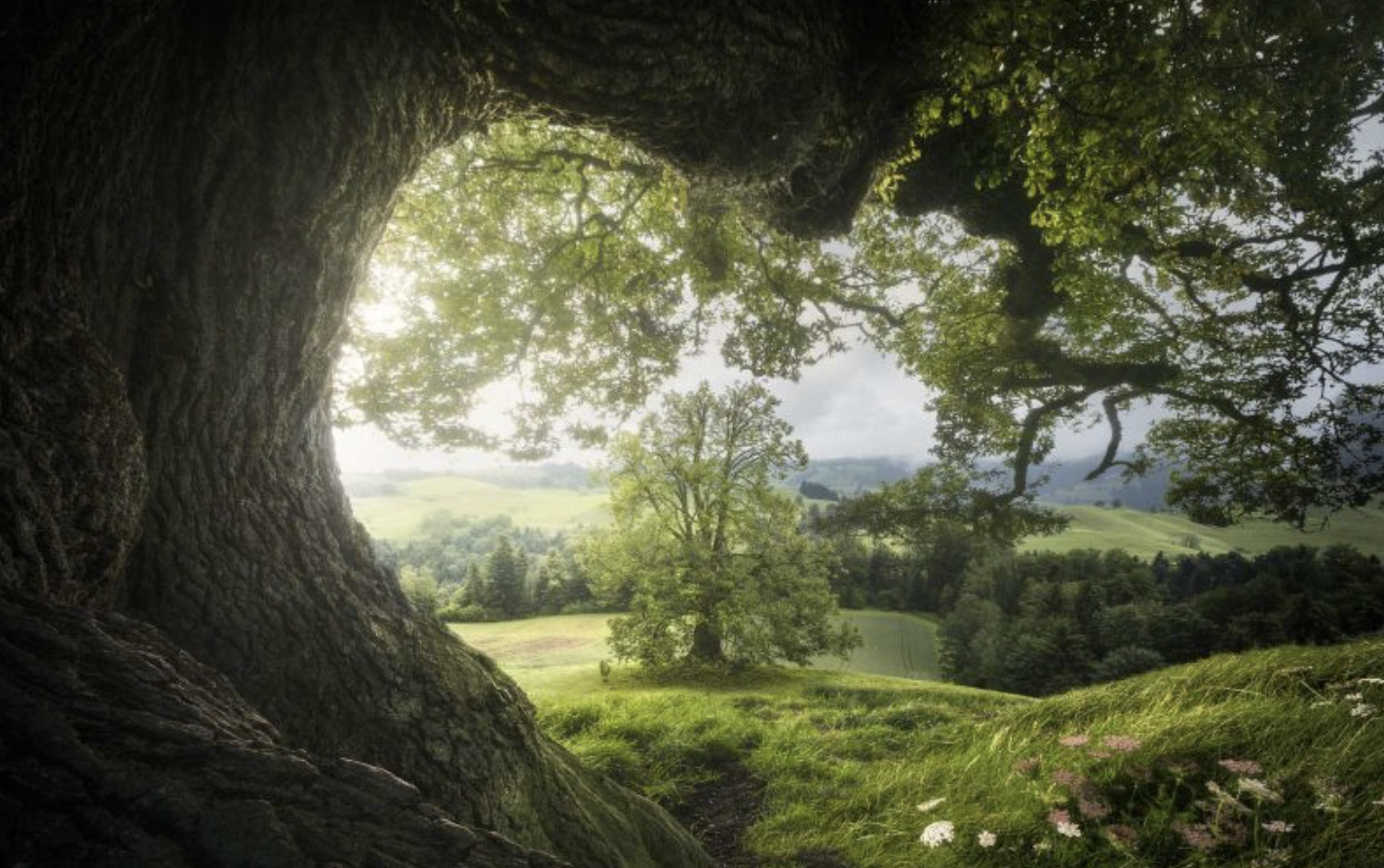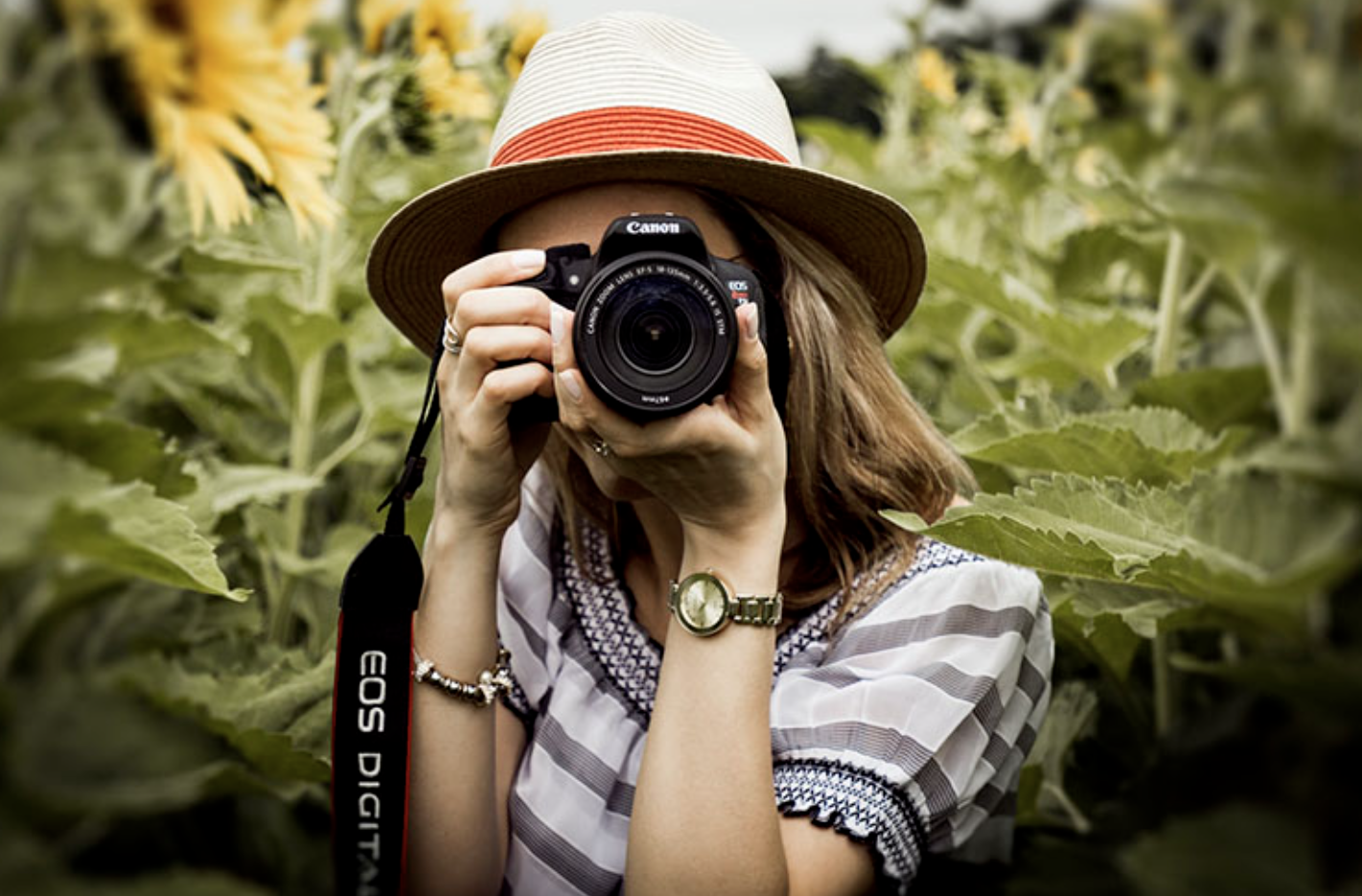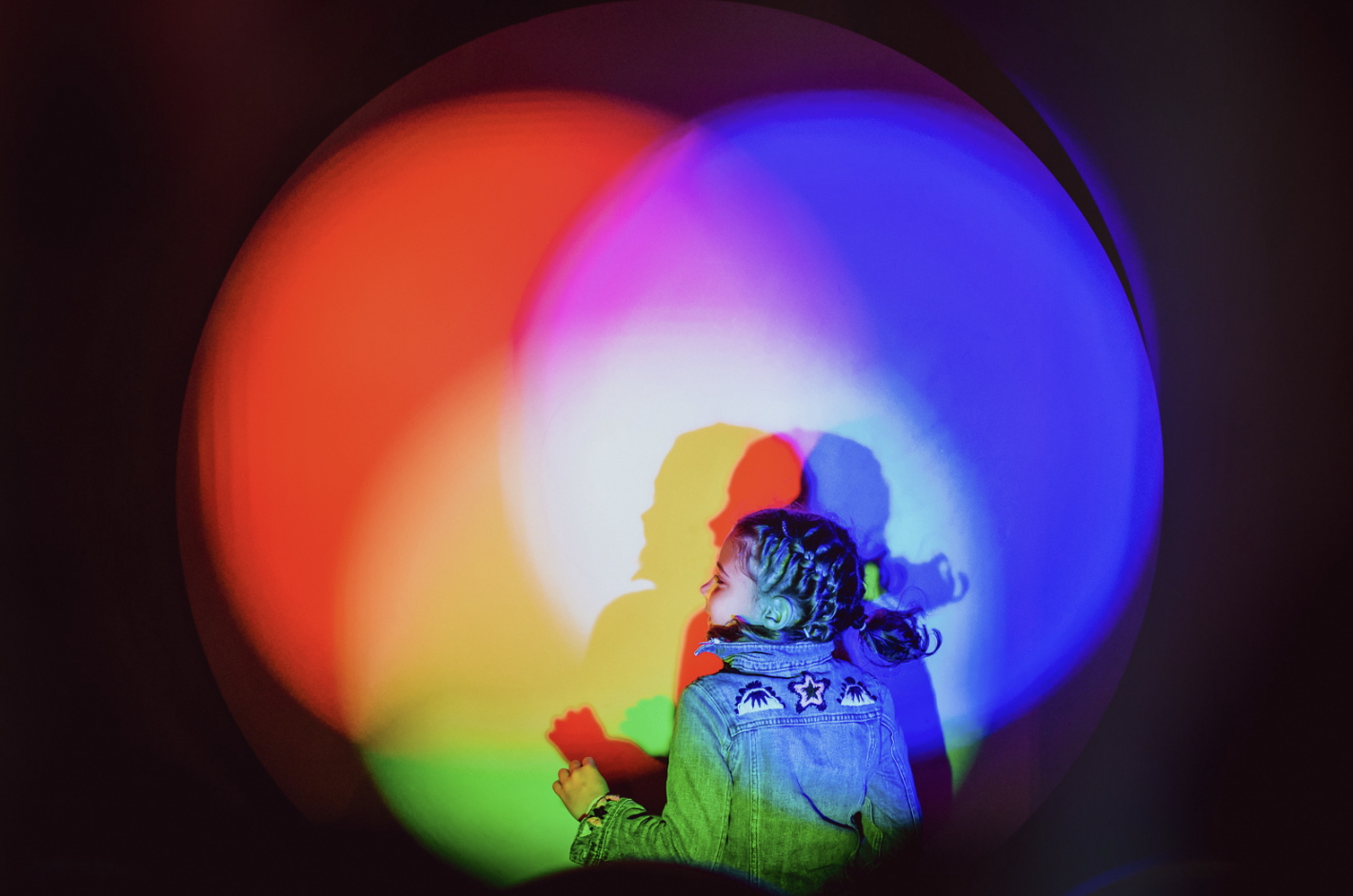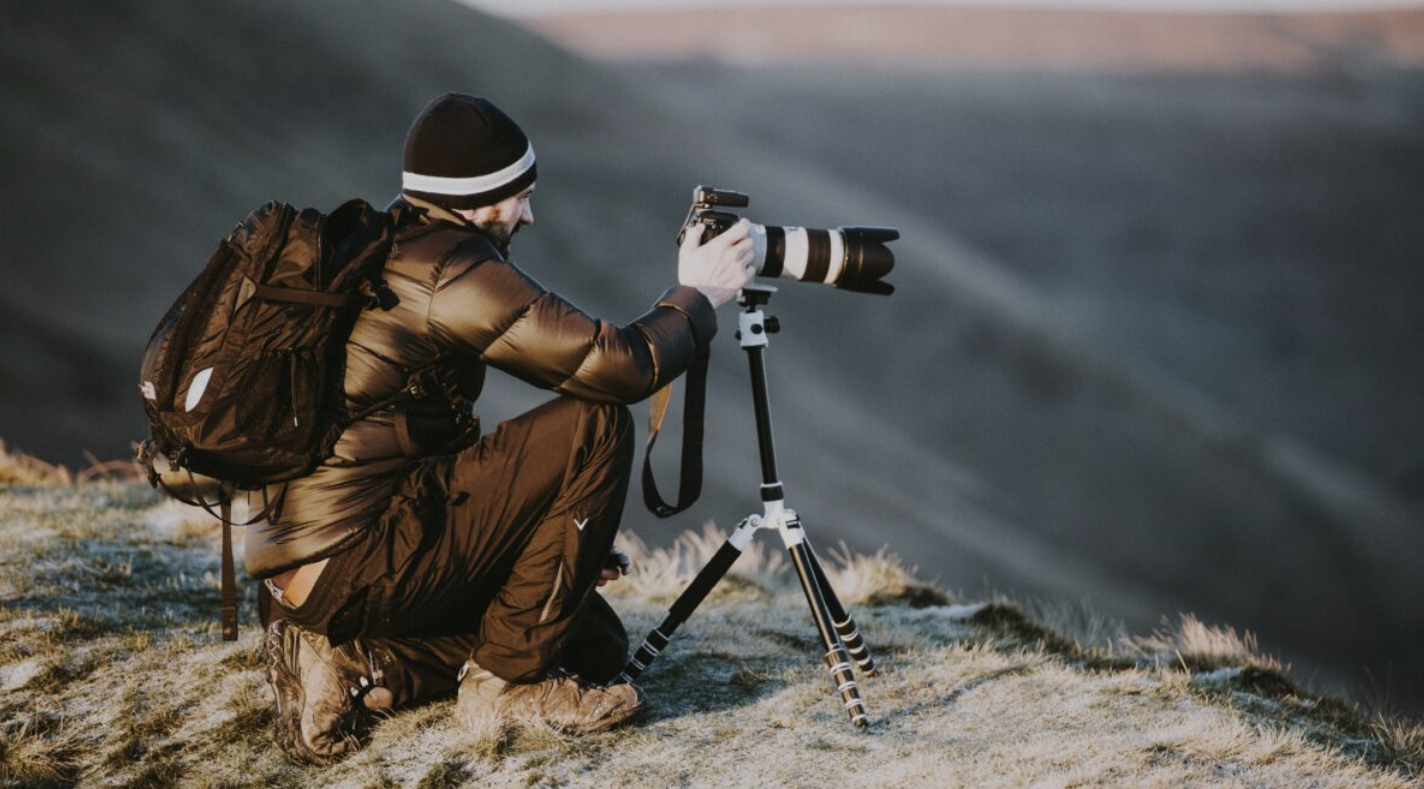
In the age of ever-advancing technology, it’s easy to get swept up in the allure of the latest gadgets and trends. However, as photographers, it’s important to stay grounded and focus on the aspects of photography that truly make a difference in improving our skills. Here are some common pitfalls to watch out for, especially as you continue developing your photographic expertise.
Amazing Cameras Won’t Make You a Better Photographer
With each new camera release, the photography world is bombarded with promises of enhanced features—higher megapixels, faster shutter speeds, better low-light performance. While these upgrades are certainly impressive, they won’t automatically turn you into a great photographer. It’s crucial to remember that no matter how advanced your camera is, the true magic happens in the hands of the photographer. Many photographers fall into the trap of buying expensive gear based on specs and marketing hype, only to end up sharing their work on social media where the details are often lost.
Instead of focusing solely on the gear, concentrate on mastering the basics. Understanding the core principles of photography will enable you to break the rules effectively and capture meaningful, high-quality images.
Don’t Rely on Techniques to Fix Poor Composition
Thanks to modern technology, photographers have access to powerful in-camera and post-processing techniques, such as image stacking, HDR, and panoramic photography, that can enhance their shots. However, these techniques should never be used as a substitute for solid composition.
Many amateur photographers mistakenly think that post-production can save a poorly composed photo, but viewers—especially those who are not photographers—often can’t distinguish between a well-composed image and one that’s merely striking due to editing. To avoid falling into this trap, focus on learning composition techniques like the Rule of Thirds, leading lines, and the Golden Ratio. These will serve as a strong foundation upon which you can apply advanced techniques to further enhance your work.
Landscape Photography Requires More Than a Snapshot
In recent years, digital landscape photography has become a popular genre, with photographers capturing breathtaking scenes at the “golden hour” or while hiking to remote locations. Unfortunately, many newcomers mistakenly believe that any shot taken outdoors qualifies as a landscape photo. They often snap uninspired images in broad daylight, over-edit them, and share them on social media, where the flaws are less noticeable.
However, when viewed at a larger scale, such images often reveal glaring issues like poor lighting, over-sharpening, and excessive noise. To capture true landscape photography, it’s essential to embrace the fundamentals of light and composition. Pay attention to the time of day, the quality of natural light, and the overall mood of the scene. Dedicate yourself to learning and honing your skills before attempting to produce your best work.
Street Photography Is More Than Just Candid Shots
Street photography is a genre often misunderstood by newcomers. Simply snapping a photo on the street doesn’t automatically make it street photography. The essence of this style lies in capturing a moment that reveals something about the character of both the subject and the environment. The best street photographers spend time observing their surroundings, waiting for the perfect moment when everything aligns.
Many photographers, especially beginners, tend to snap random shots in public spaces, often reducing street photography to a mere snapshot. If you want to master street photography, it’s crucial to develop patience, anticipation, and a keen eye for the decisive moment. It’s a challenging yet highly rewarding genre that requires dedication and practice.
Social Media Shouldn’t Be Your Only Source of Validation
In the past, photographers would seek feedback on their work through camera clubs or photography groups, where they could receive both praise and constructive criticism. Today, social media has replaced much of this traditional critique, leading to a flood of “likes” and “shares” that often confuse popularity with quality.
If you’re solely focused on the number of likes your photos receive on platforms like Instagram or Facebook, you may lose sight of what truly makes a photograph great. Instead of seeking validation through likes, embrace the process of continuous learning. Read photography books, study the works of master photographers, and actively seek critique from others to help you grow as an artist.
Final Thoughts
While it’s easy to get caught up in the latest trends or seek approval from social media followers, the key to becoming a great photographer lies in understanding the fundamentals and dedicating yourself to continuous improvement. Take time to learn composition, practice your craft, and refine your technical skills. When you post an image, ask yourself: Is it popular because it’s striking, or because it’s truly great? The difference is essential to your growth as a photographer.



